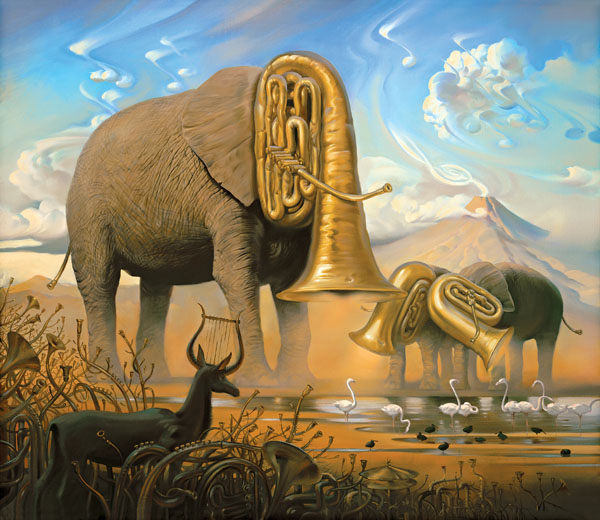Max Ernst 1891-1976
German-born painter, sculptor and printmaker; one of the
leading Surrealists.
Born at Brühl, near Cologne.
Began to study philosophy at
the University of Bonn in 1909, but became increasingly preoccupied with
painting; self-taught, but influenced by van Gogh and Macke.
Artillery officer
in the First World War. The paintings of de Chirico helped to stimulate his
interest in dream-like fantastic imagery, and he founded the Cologne Dada group
with Baargeld and Arp 1919-21. Made collages and, later, paintings with
irrational combinations of imagery. First one-man exhibition at the Galerie Au
sans Pareil, Paris, 1921. In 1922 moved to Paris, where his friendship with
Breton and Eluard led to active participation in the Surrealist movement. His
discovery of the technique of frottage (rubbing) in 1925 provided him with a
means of evoking hallucinatory visions. Collage novels and illustrations,
including La Femme 100 Têtes 1929 and Une Semaine de Bonté 1934. Made his first
sculpture in 1934. Went to the USA as a refugee in 1941, living first in or
near New York, then in Sedona, Arizona; from 1950 again lived mainly in France.
Awarded the main painting prize at the 1954 Venice Biennale. Died in Paris.
L'ange du Foyeur


